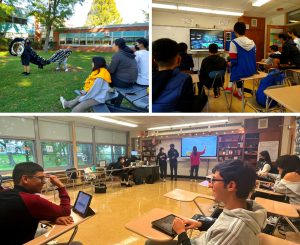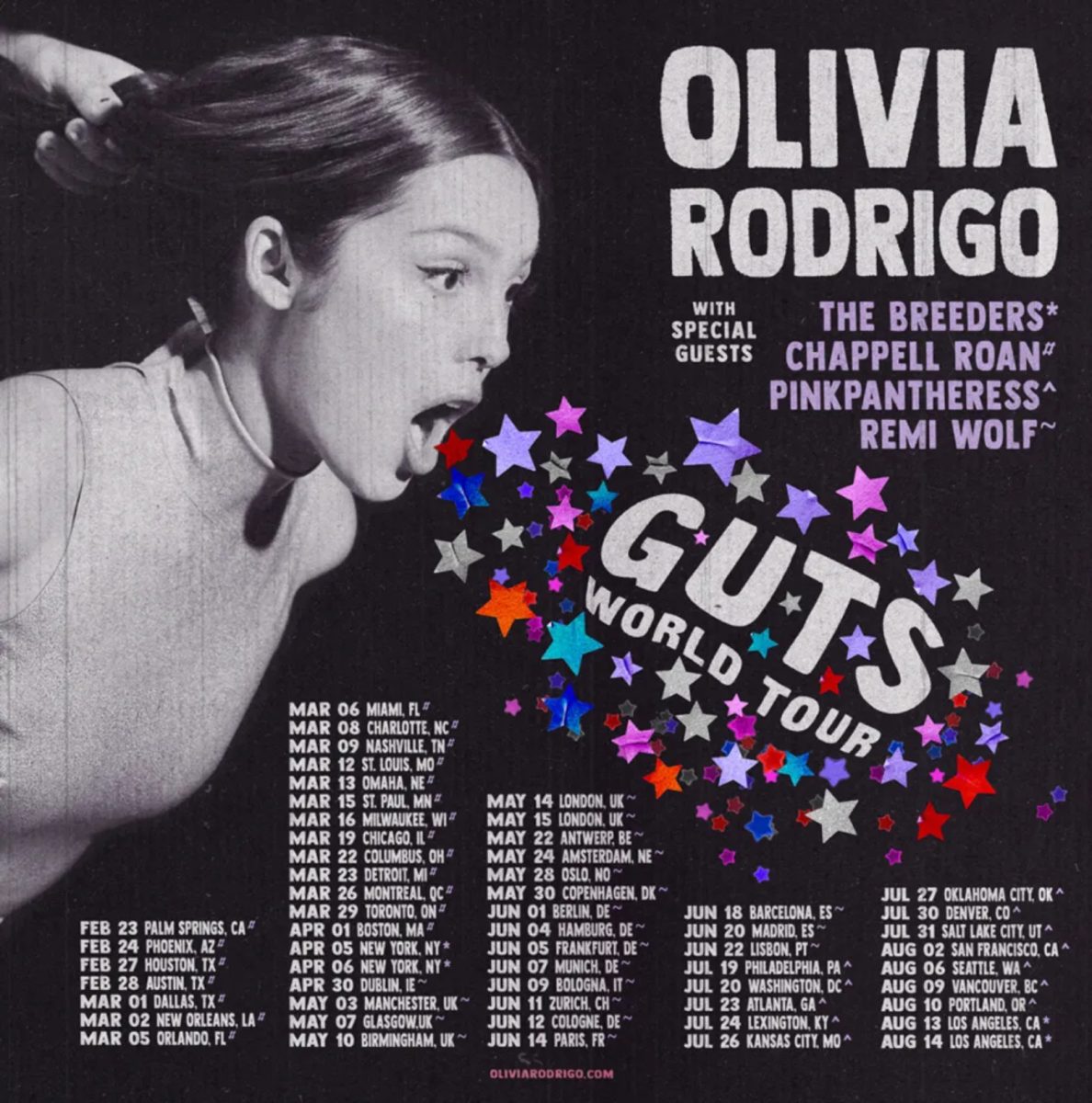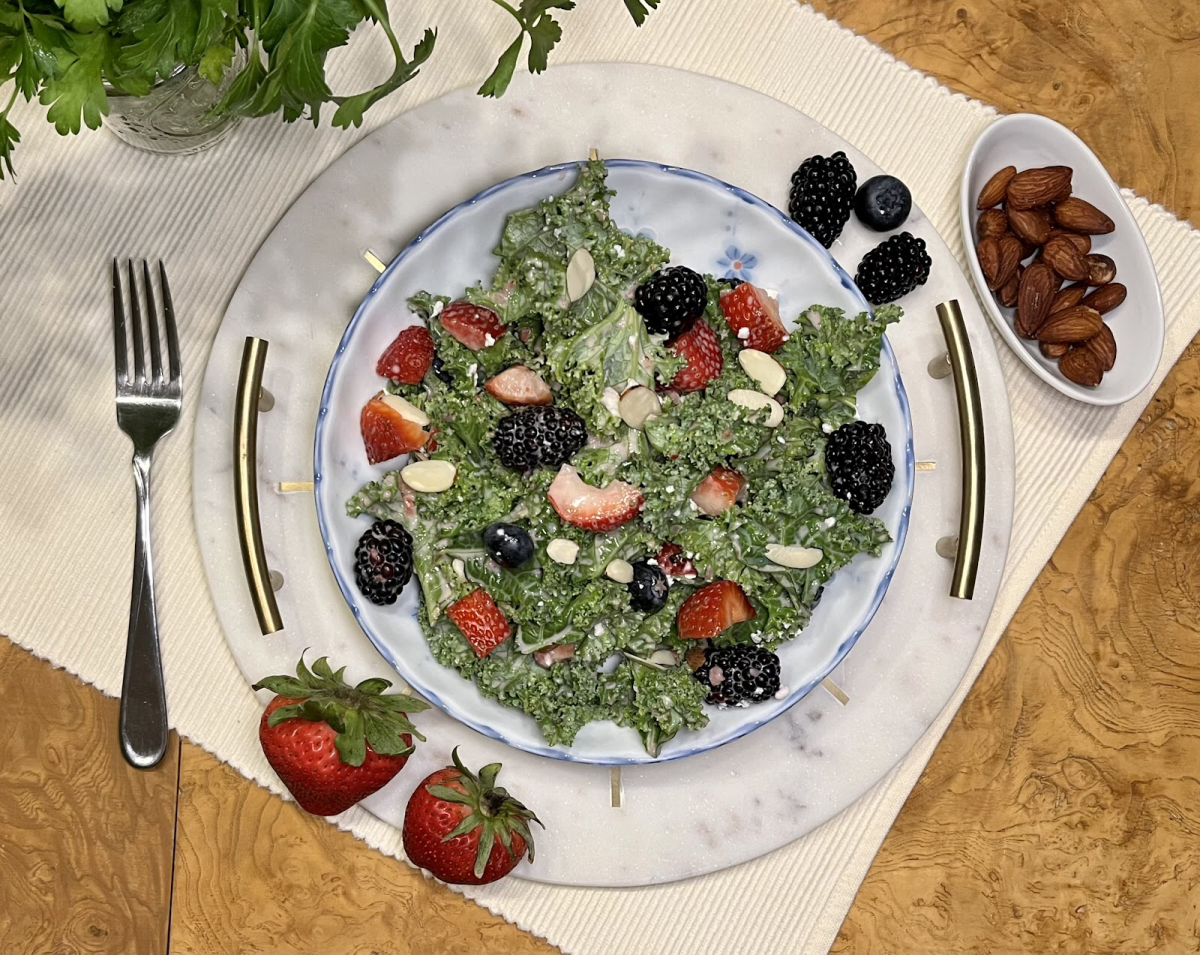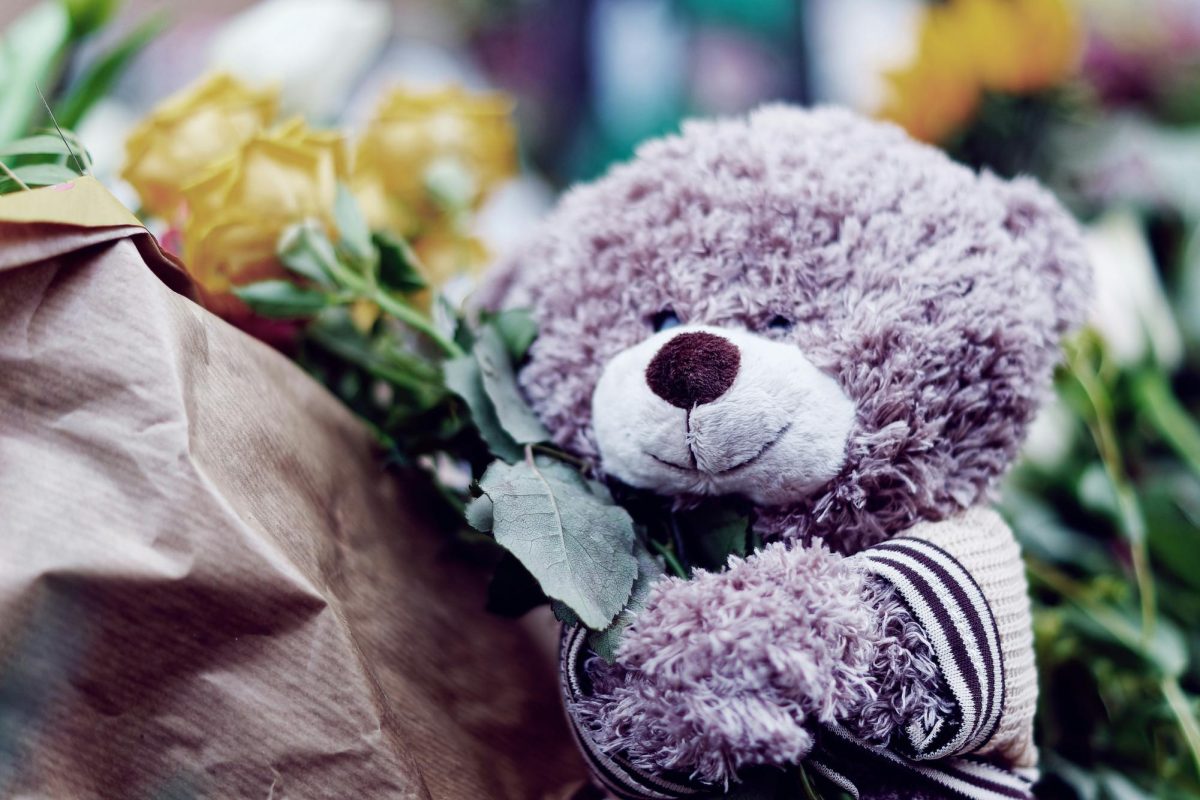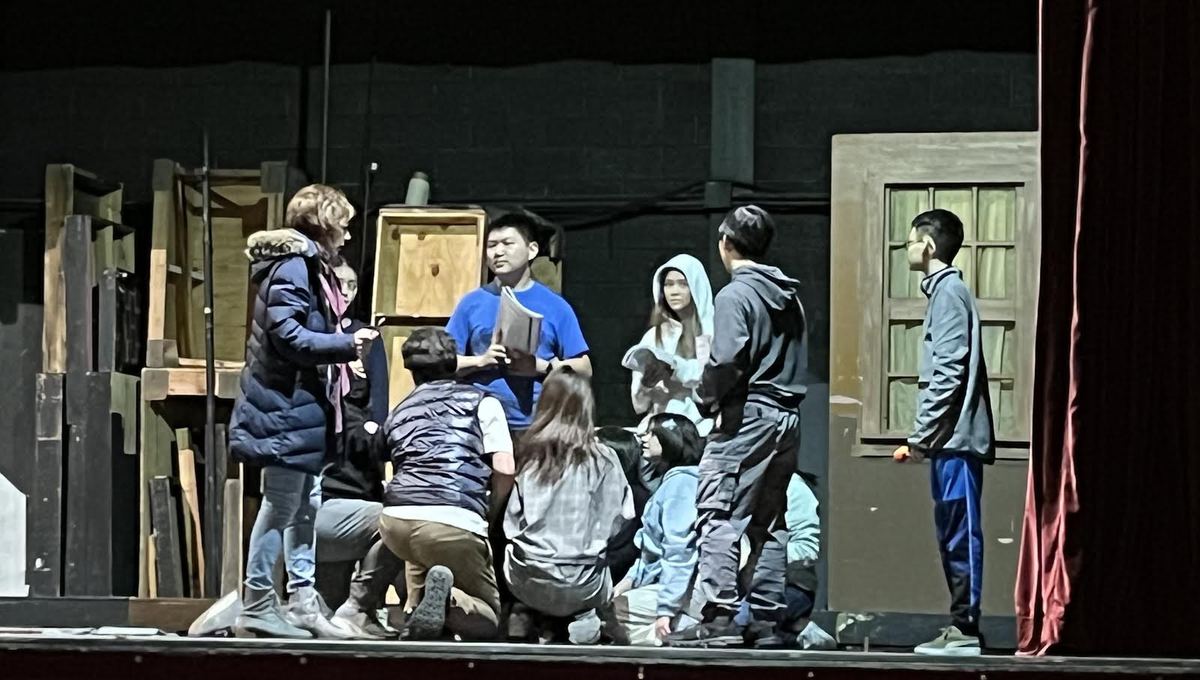
By Celina Sun
The crowd roars as the lights dim and curtains open, the noise diminishing just enough to hear the clips of news-broadcasters reporting on Fashion Week as they begin to play. The video hints at this year’s Fashion Show theme before transitioning to music that accompanies the first models down the stage-turned-runway. Wearing graphic tees and jeans, the models strut down the catwalk. The sayings on their shirts—from “The bags under my eyes are designer” to “Shopping is my cardio”—combine fashion-related topics with concepts familiar to many of South’s students (lack of sleep and enthusiasm for actual exercise being very relatable), indicative of this year’s goal for the show: increased pertinence to both fashion and students.
Up until this year, “Fashion Show” has been somewhat of a misnomer for one of South’s most prominent events. The show has featured fashion, yes, but has mainly focused on dancing, previously consisting of 12 skits and four mini skits. To create a show more fitting for its name, however, this year’s Fashion Show coordinators centered everything—the music, the dances, the sets, the trends—around the theme “Fashion Week around the World.”
Through a series of skits, the show’s MCs took the audience on a trip to Los Angeles, New York, Paris, and Tokyo, where models showcased current fashion trends that highlighted the theme. While in New York, models wore “I♥︎NY” shirts and danced to a remixed version of “Empire State of Mind” with the New York City skyline as a backdrop. This adherence to the theme set the atmosphere and insured a diverse display of clothes.
Unlike past years, the show covered all different types of looks and trends, from casual to formal wear. Outfits were donated by various stores—Max & Gino’s, Haus of Tova, Camp & Campus—to represent a wide range of styles.
Senior coordinator Rebecca Kraus said, “Our biggest goal [was] to create a Fashion Show that catered to and interested all of [South’s] students.”
The new, more diverse fashions were not the only changes to hit the stage.
“We [were] not seeking to abandon any traditions,” said Kraus, “and dancing has always been [one].” But, as opposed to featuring numerous dances, this year’s event only showcased four major skits—longer and more student-involved than before.
This change allowed the show to highlight the modeling, making the walks a bigger part of the show and increasing overall student participation as more students could model various items, while skits only featured a select number of students in each dance. The result was not only a larger cast but also a greater representation of different groups.
Junior Nicole Huang, who attended this year’s show as well as last year’s, said, “The change in emphasis was noticeable, and the increased focus on clothing and the variety of styles enhanced the show.”
A portion of this year’s Fashion Show proceeds will go to the American Cancer Society. The rest of the profits will be added to the senior class fund and help lower senior prom ticket prices.
Changing Performance Style, Fashion Show Sets New Trends
February 11, 2015



